Home>Ideas and Tips>DIY Guide to Installing a Kitchen Farmhouse Sink with a Copper Patina Finish
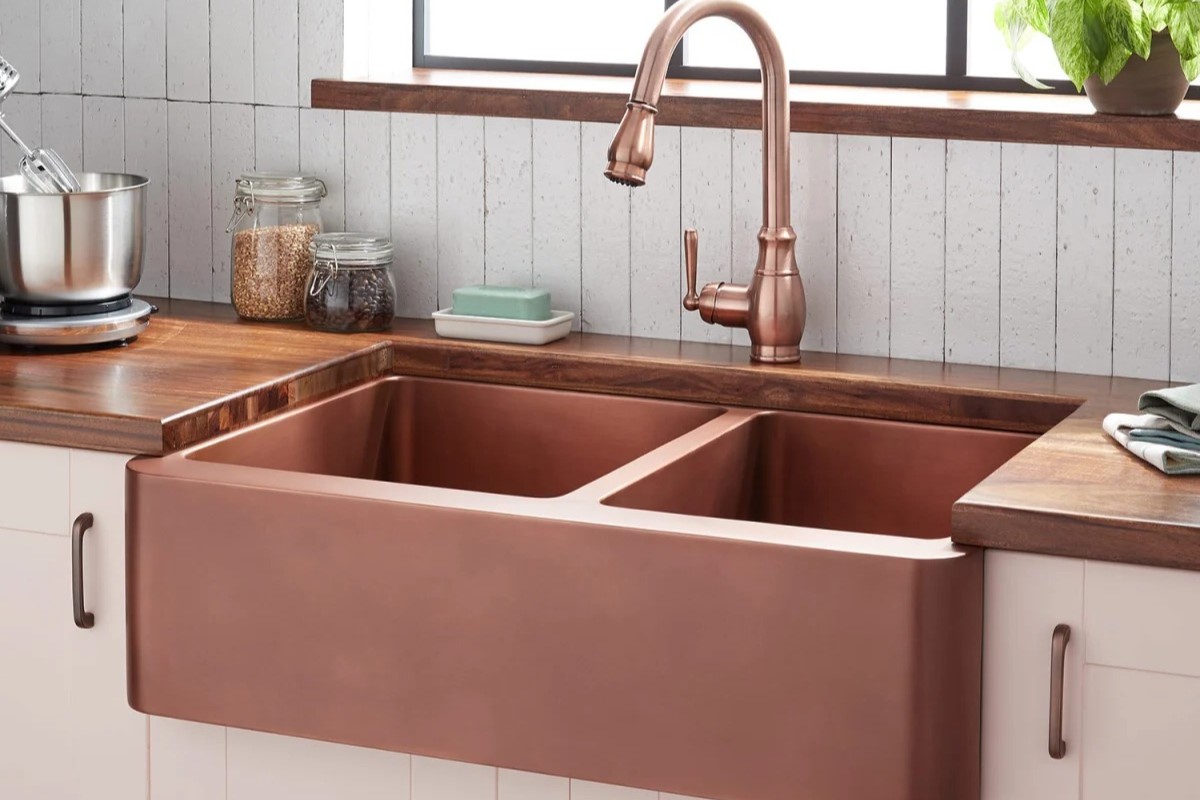

Ideas and Tips
DIY Guide to Installing a Kitchen Farmhouse Sink with a Copper Patina Finish
Modified: October 28, 2024
Learn how to install a kitchen farmhouse sink with a copper patina finish. Follow our step-by-step DIY guide for a seamless and beautiful installation.
(Many of the links in this article redirect to a specific reviewed product. Your purchase of these products through affiliate links helps to generate commission for Storables.com, at no extra cost. Learn more)
Installing a kitchen farmhouse sink with a copper patina finish can be a rewarding DIY project, but it requires careful planning and execution. In this guide, we will walk you through the steps involved in installing a copper farmhouse sink, focusing on the unique aspects of copper patina finishes and providing detailed instructions for a successful installation.
Choosing the Right Sink
Before you begin your project, it is essential to choose the right sink. Copper farmhouse sinks are available in various styles and sizes, but for this guide, we will focus on the installation of a copper sink with a patina finish. These sinks are known for their unique, self-healing patina that evolves over time, offering a range of beautiful hues and patterns.
Types of Copper Sinks
- Flush-Mount Sinks: These sinks sit even with the top of the counter and typically require a solid surface or custom-made laminate top.
- Undermount Sinks: These sinks sit completely underneath the counter and require a waterproof top that is custom cut for the sink and faucet.
- Top-Mount Sinks: These sinks have a flange that sits on the countertop, similar to a regular sink, and can be installed on any type of counter surface.
For this guide, we will focus on undermount sinks as they provide a sleek and modern look that complements most kitchen designs.
Preparing Your Space
Before you start installing your sink, it is crucial to prepare your space properly. This includes removing the old sink and countertop, if applicable, and ensuring that your cabinets are ready for the new installation.
Removing the Old Sink
- Disconnect Water Supply: Turn off the water supply to the sink by locating the shut-off valves under the sink and turning them clockwise.
- Drain Water: Open the faucet to drain any remaining water from the pipes.
- Disconnect P-Trap: Use a wrench to loosen and remove the P-trap connection to the sink drain.
- Remove Old Sink: Carefully lift the old sink out of its mounting clips or adhesive.
Preparing Cabinets
- Measure Cabinet Space: Measure the width of your cabinet and ensure that it is large enough to accommodate the sink's dimensions.
- Check for Obstructions: Verify that there are no obstructions in the cabinet that could interfere with the installation of the new sink.
- Install Support Brackets: If necessary, install support brackets inside the cabinet to ensure that it can handle the weight of the new sink.
Read more: DIY Guide To Installing A Farmhouse Sink
Installing the New Sink
Step-by-Step Installation Guide
-
Prepare Sink Template: Use a template provided by the manufacturer or create one yourself to ensure accurate measurements for cutting out the countertop.
-
Cut Out Countertop: Use a jigsaw or circular saw to cut out the countertop according to your template. Ensure that there is no overhang or reveal to ensure proper fitment of accessories.
-
Install Sink Clips: Apply adhesive-backed sink clips around the edge of the countertop where the sink will sit. These clips will help secure the sink in place.
-
Place Sink: Carefully lower the sink into position, ensuring it is centered and even with the countertop.
-
Secure Sink: Use screws or clips provided by the manufacturer to secure the sink to the countertop. Make sure they are tightened firmly but avoid overtightening which could damage either the sink or countertop.
-
Install Drain Assembly:
- Thread the lock nut onto the drain assembly.
- Hand-tighten and ensure that the drain is properly aligned.
- Finish tightening with a basket strainer once everything is in place.
-
Connect Water Supply:
- Turn on the water supply by loosening the shut-off valves under the sink.
- Check for leaks around all connections before proceeding further.
-
Install Faucet:
- Follow manufacturer instructions for installing your faucet.
- Ensure all connections are secure and there are no leaks before finishing up.
Caring for Your Copper Patina Finish
Copper sinks with patina finishes are incredibly low maintenance but require some special care to maintain their unique appearance.
Cleaning
- Rinse After Use: Simply rinse your sink with soap and water after each use. No drying is needed, as this can damage the patina over time.
- Regular Cleaning: Use regular dish soap to clean grease and dirt off your sink. Avoid using abrasive cleaners or scrubbers that could scratch or damage the patina.
Special Care Tips
- Avoid Metal Pans: Leaving metal pans in your sink can result in temporary dark marks due to metal reactions. These marks will fade away naturally within a few days, but you can speed up this process by gently using a ScotchBrite pad on the affected area.
- Scratches: Scratches on copper sinks blend seamlessly into the patina and quickly become unnoticeable. If you notice any scratches, use a ScotchBrite pad to remove them.
- Copper Conditioner: A small bottle of copper conditioner is included with your sink, which acts more like a polish, adding a temporary coating to preserve the current patina. Use it only when you're happy with the patina as is; avoid using it if you're waiting for the patina to regenerate, as it inhibits this natural process.
Additional Tips for Maintenance
- Avoid Tool Belts: Ensure that your plumber and other workers do not wear tool belts during the installation process, as these can scratch the apron of your sink.
- Avoid Tape on Apron: Also, ensure that they do not use any type of tape on the face of the apron, as this can damage its clearcoat.
- Deep Cleaning: For deep cleaning, we recommend using the liquid version of Barkeepers Friend. This will help maintain your sink's appearance without damaging its patina.
Conclusion
Installing a kitchen farmhouse sink with a copper patina finish is a rewarding DIY project that requires careful planning and execution. By following these steps and tips, you can ensure that your new sink not only looks beautiful but also lasts for years to come. Remember to take special care of your copper patina finish by avoiding certain cleaning products and tools that could damage it. With proper maintenance, your new sink will continue to evolve into a unique piece of art that adds character and charm to your kitchen.
References:
- Rachiele Custom Sinks: Installation Guides – Use and Care
- Lowe's YouTube: How To Install a Farmhouse Sink | DIY Kitchen Remodel
- Vintage Tub & Bath: Copper Farmhouse Sink Installation Guide
- Copper Sinks Online: Farmhouse Installation Guide
Was this page helpful?
At Storables.com, we guarantee accurate and reliable information. Our content, validated by Expert Board Contributors, is crafted following stringent Editorial Policies. We're committed to providing you with well-researched, expert-backed insights for all your informational needs.
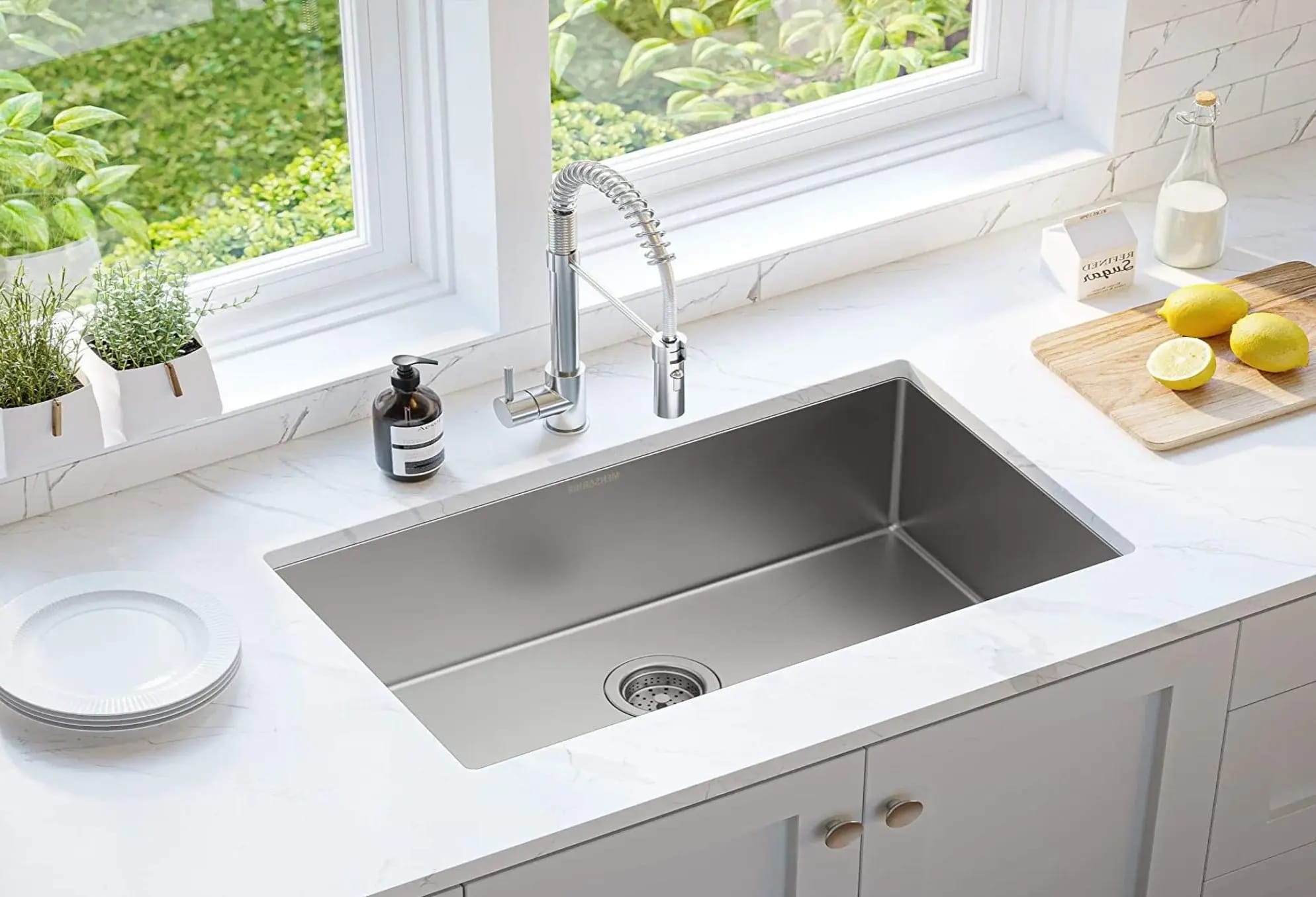
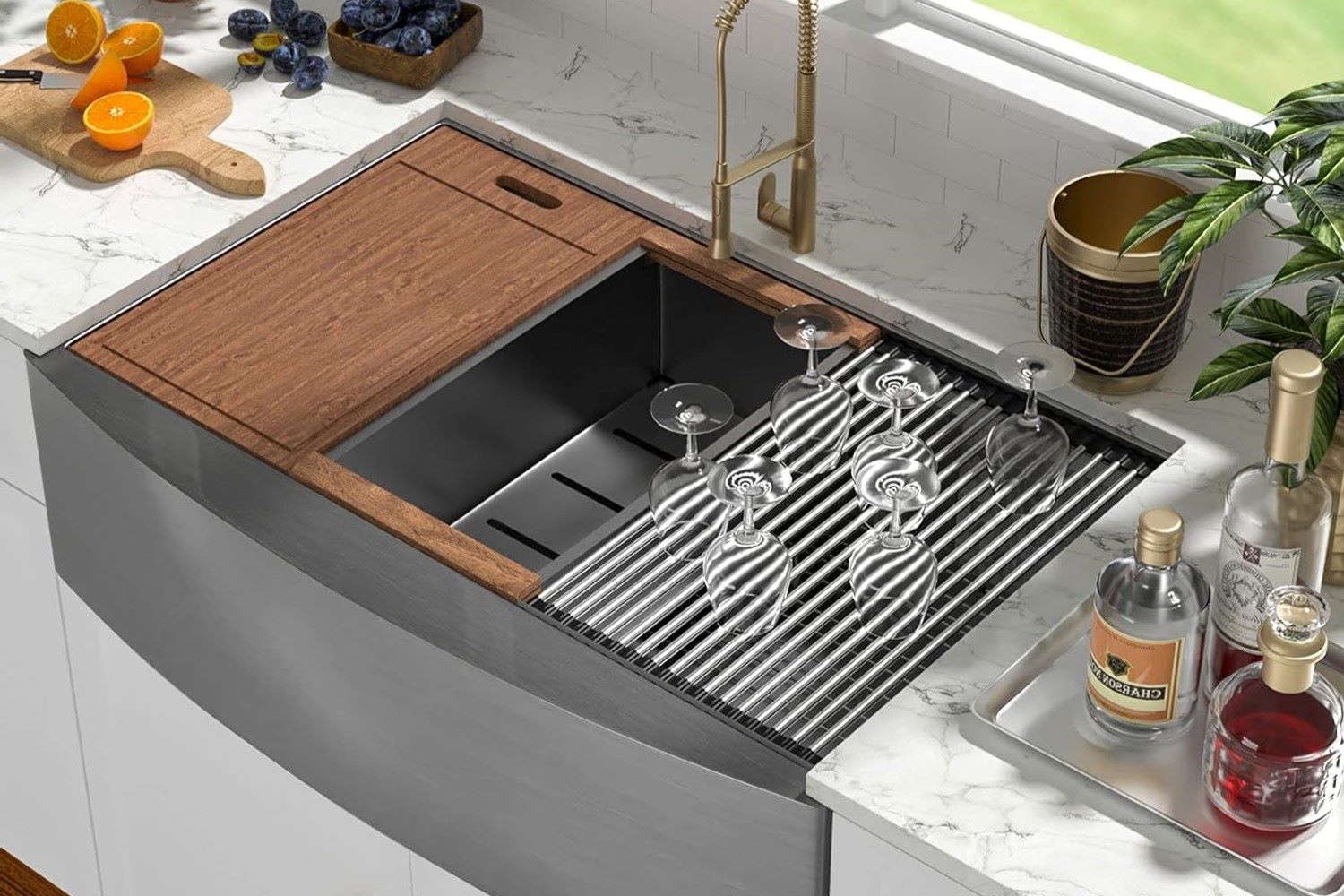
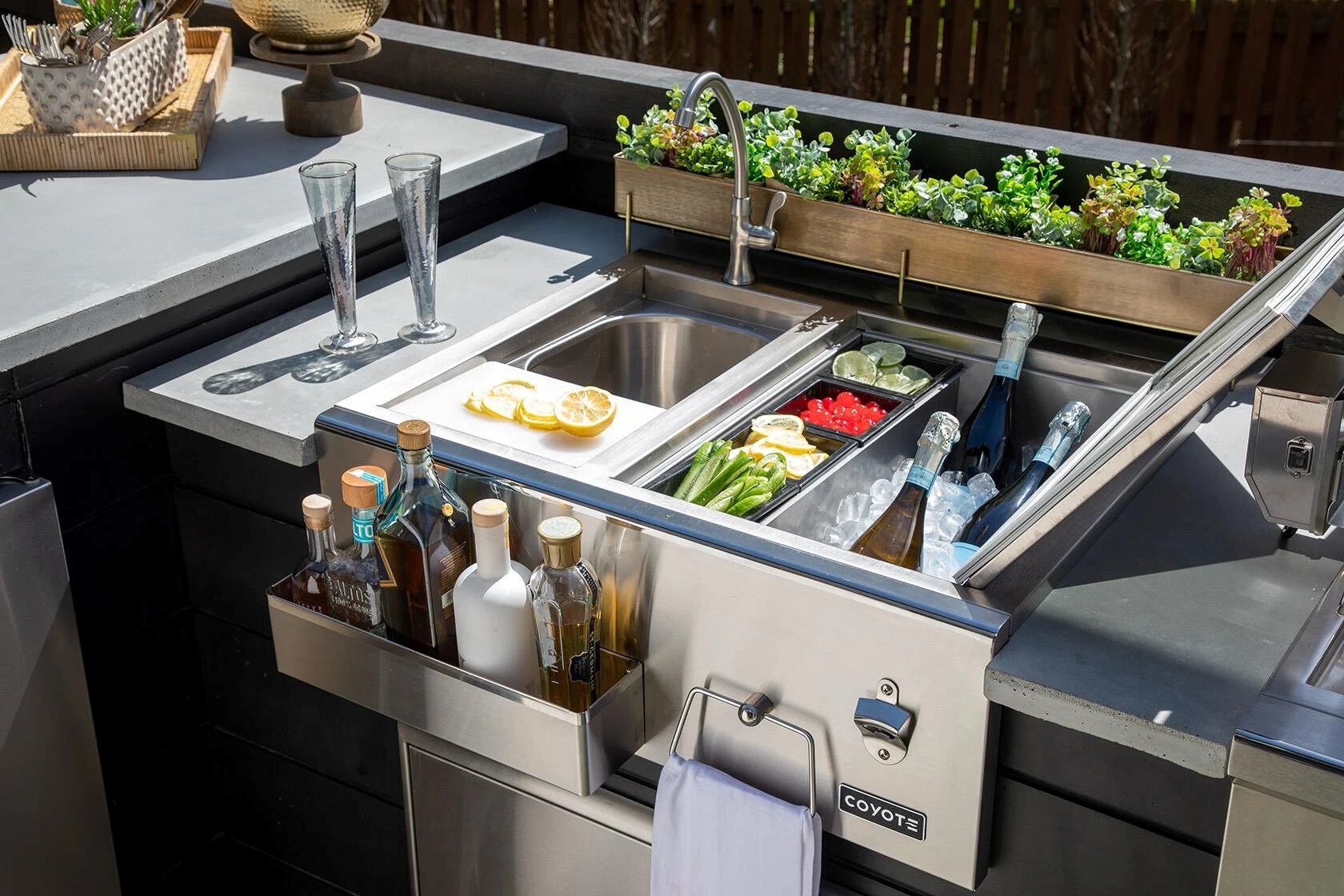

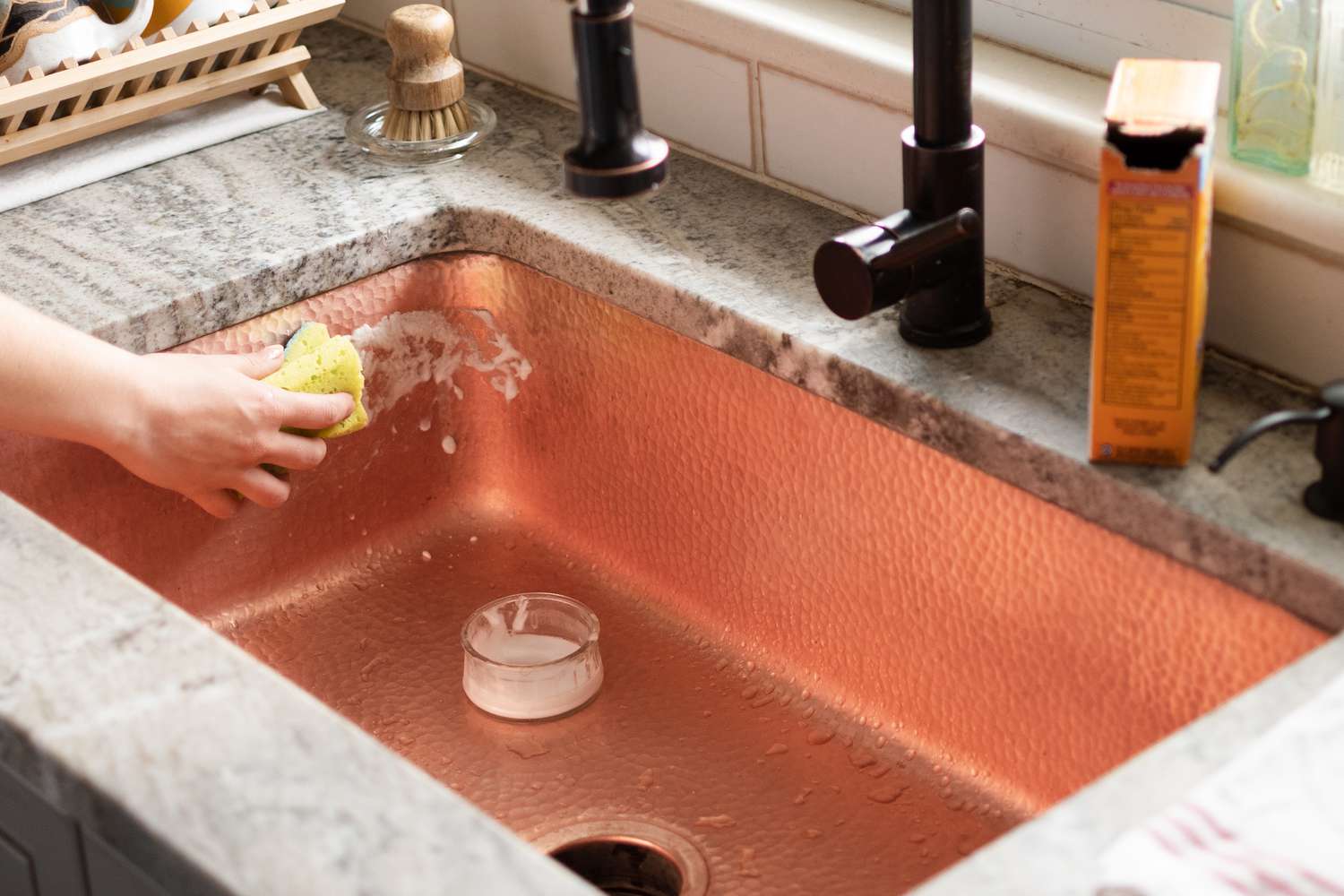
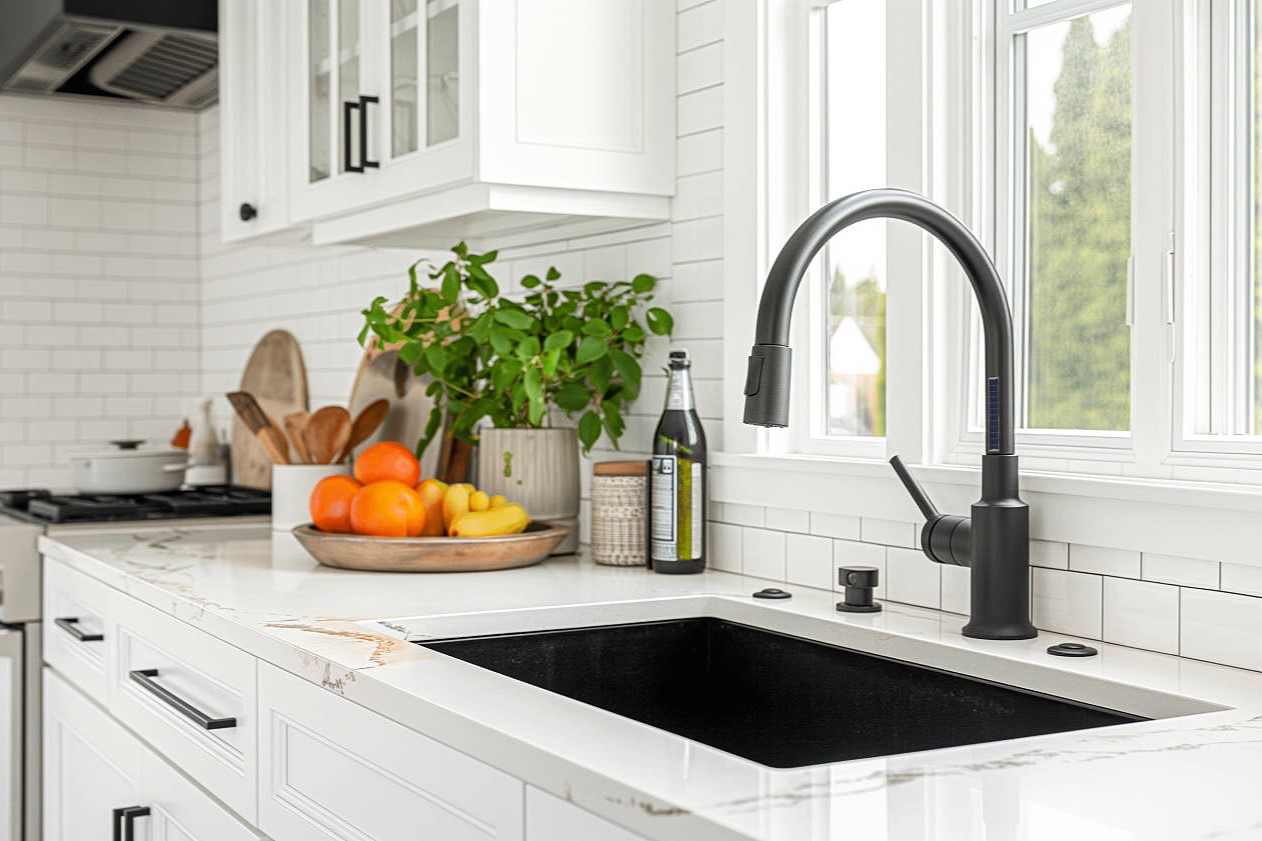
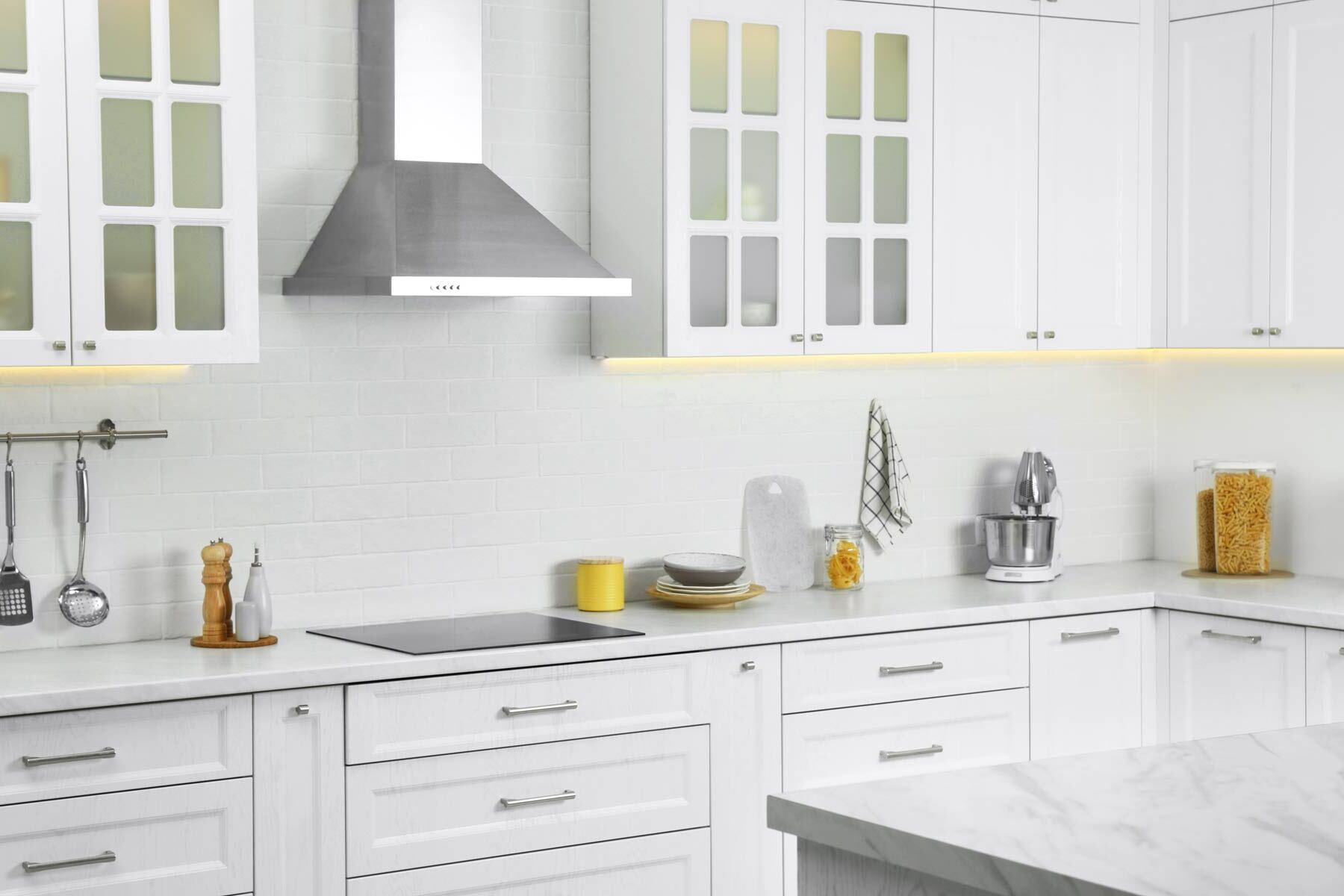
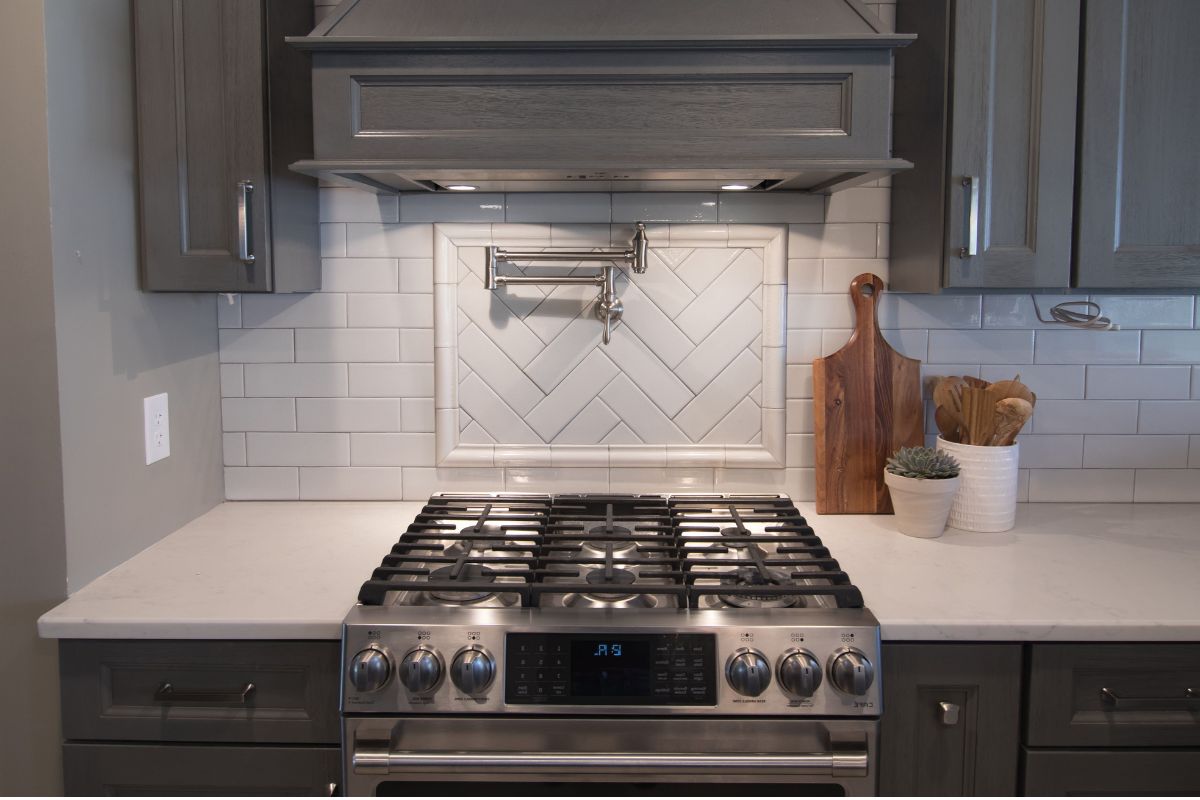
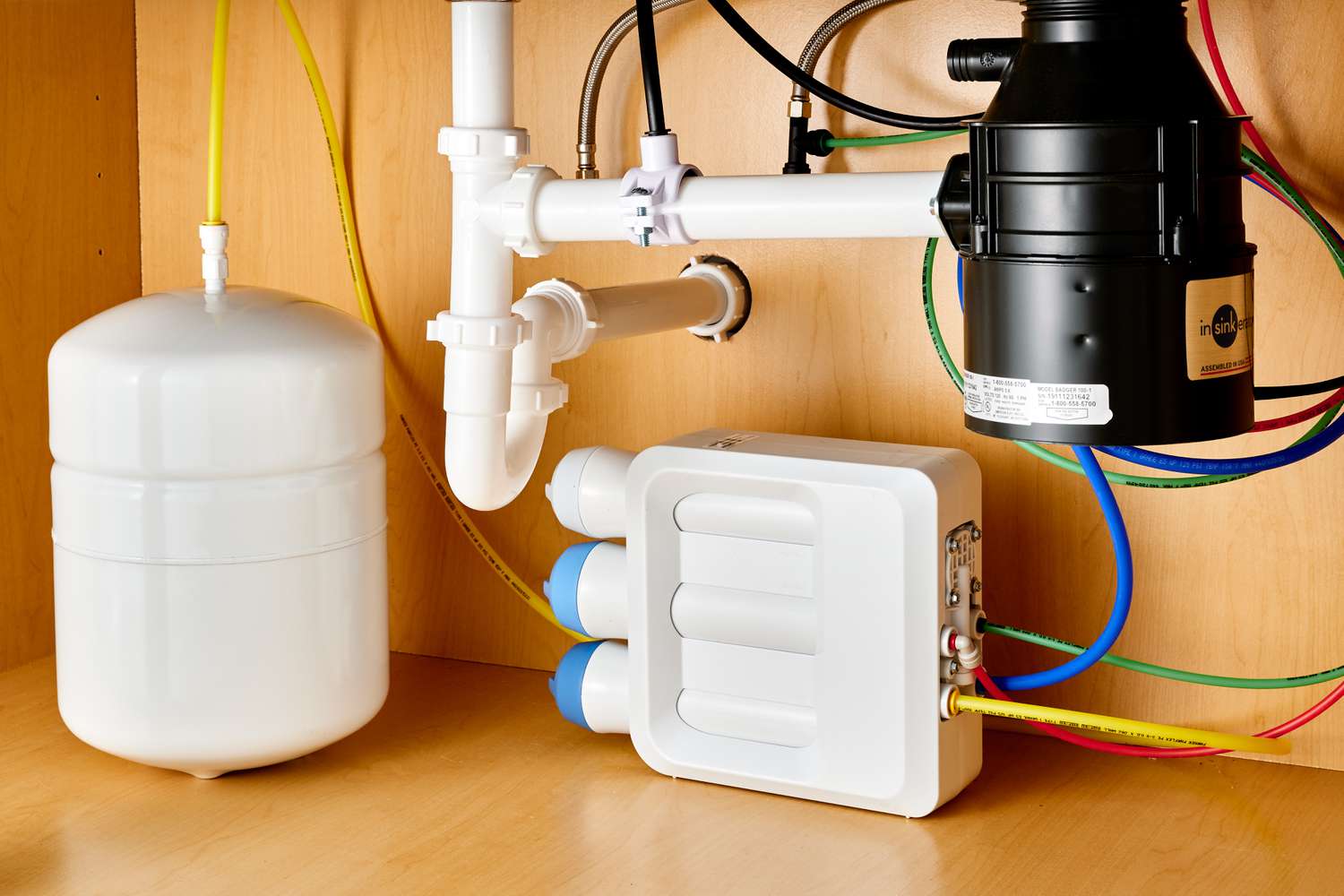
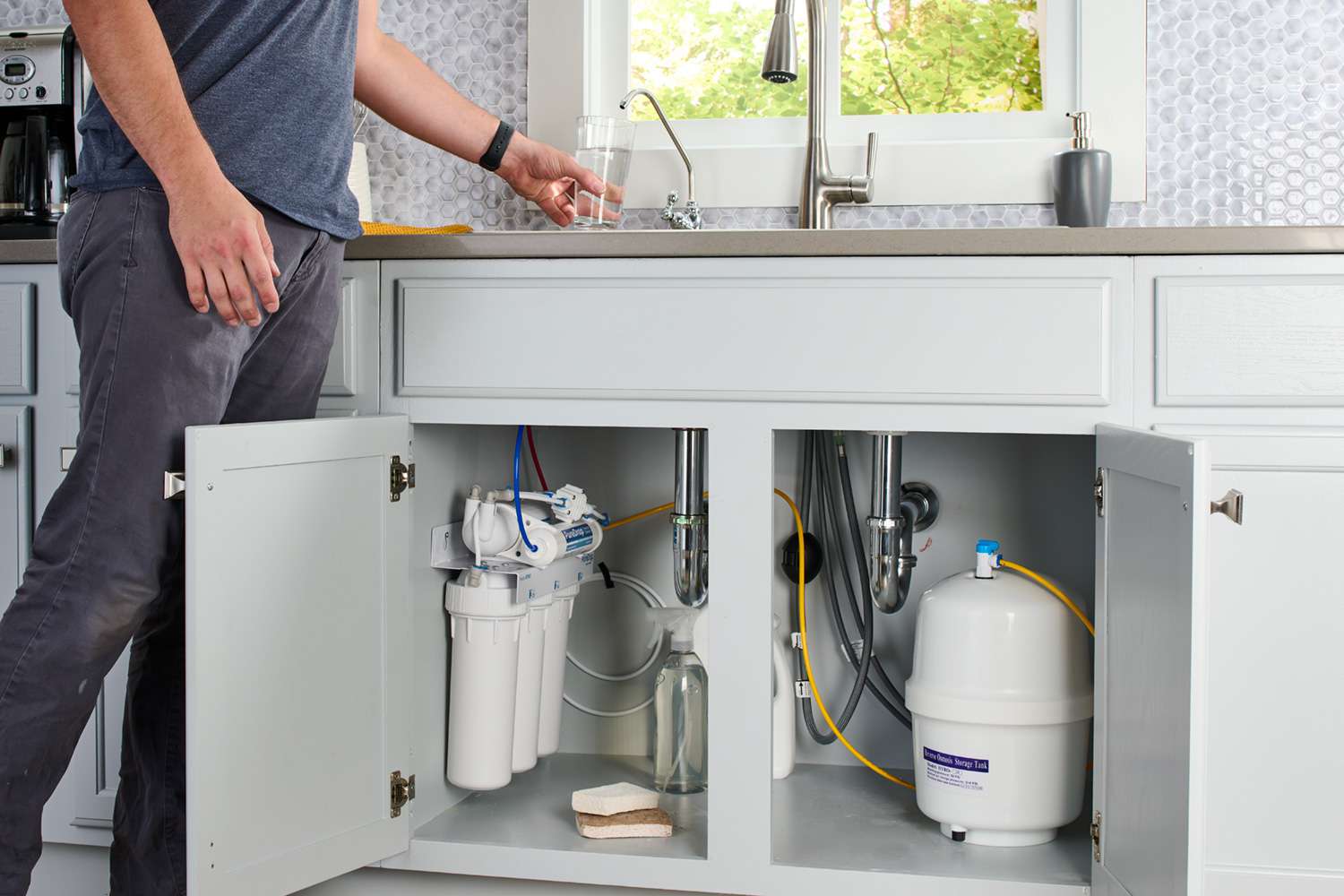
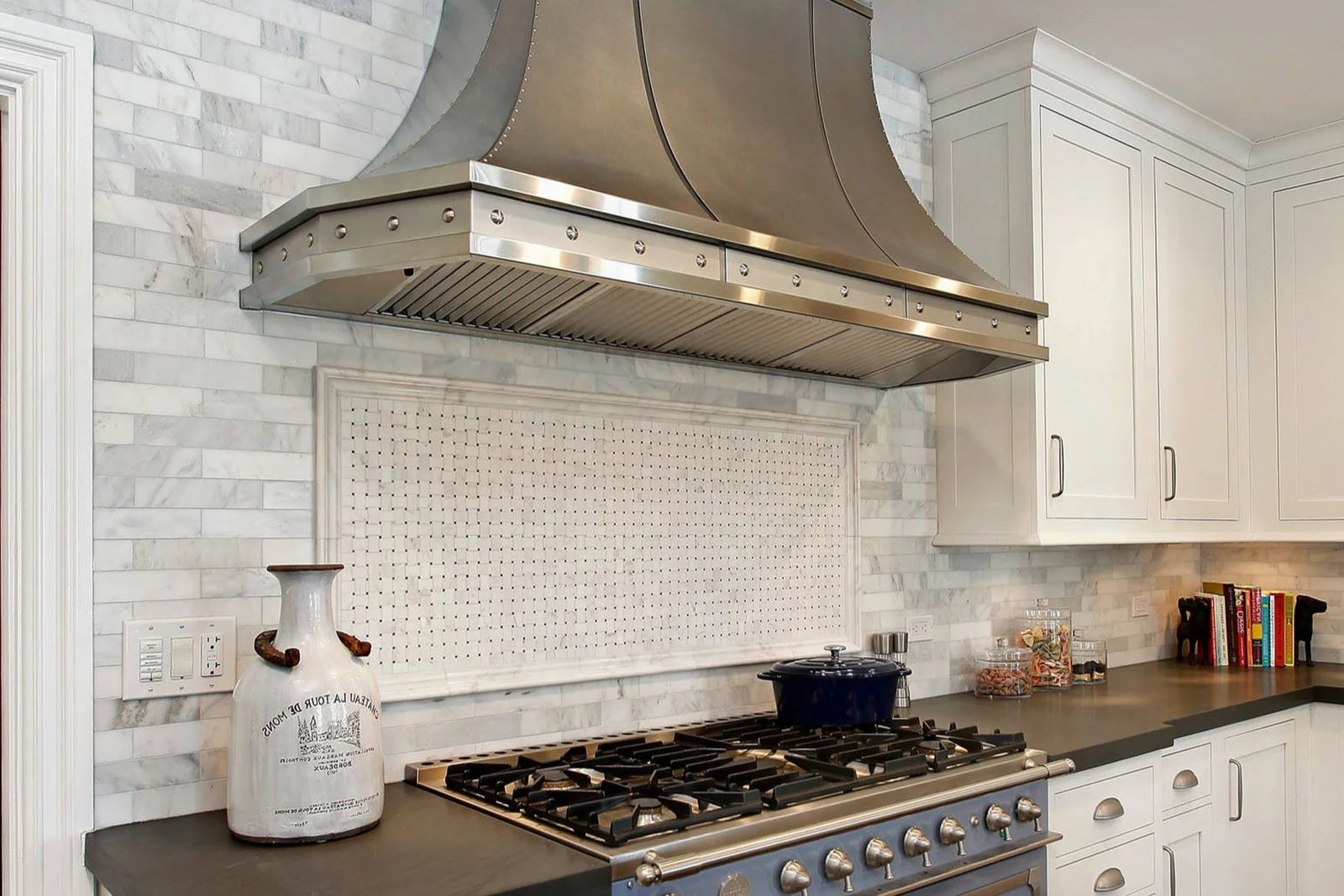
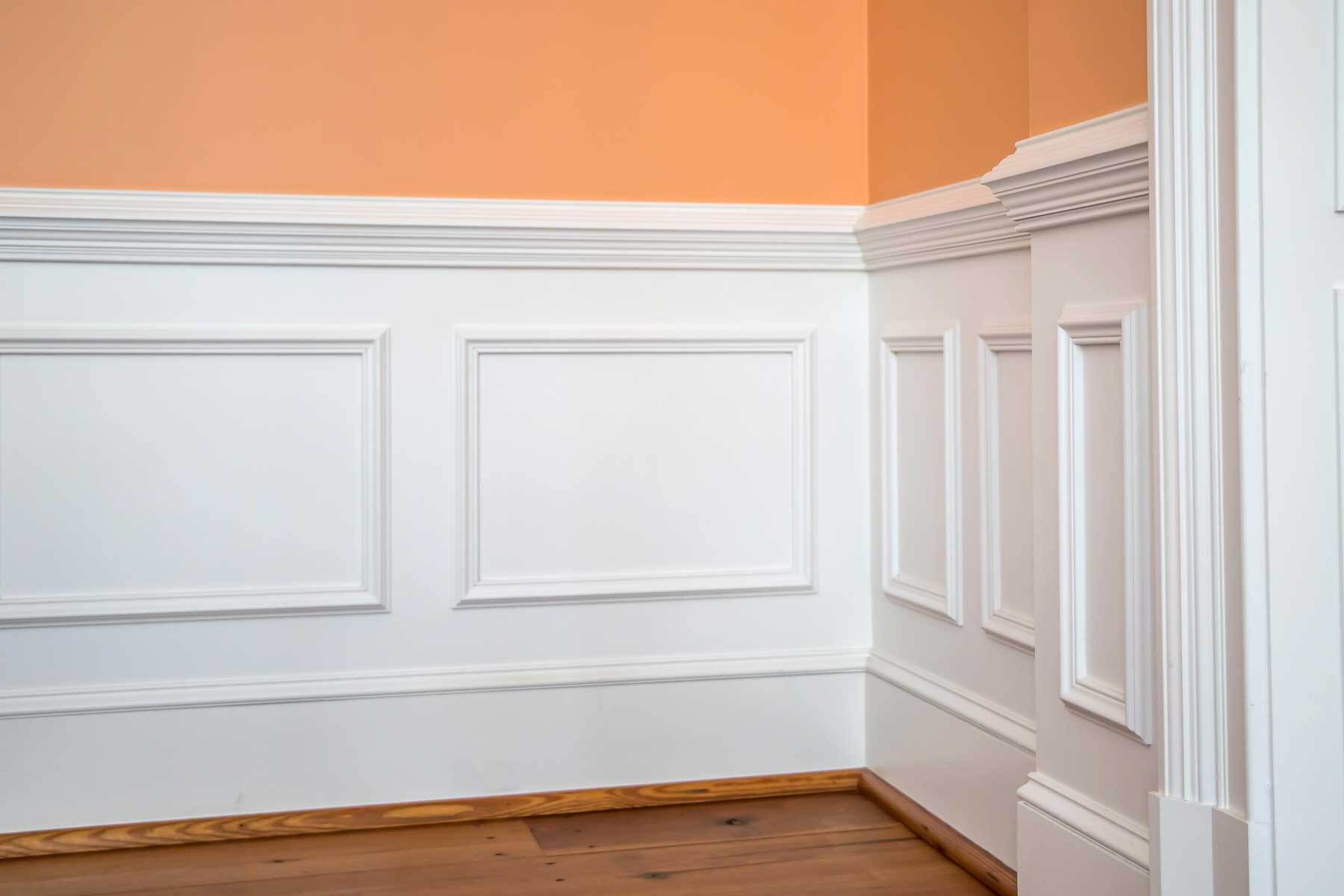
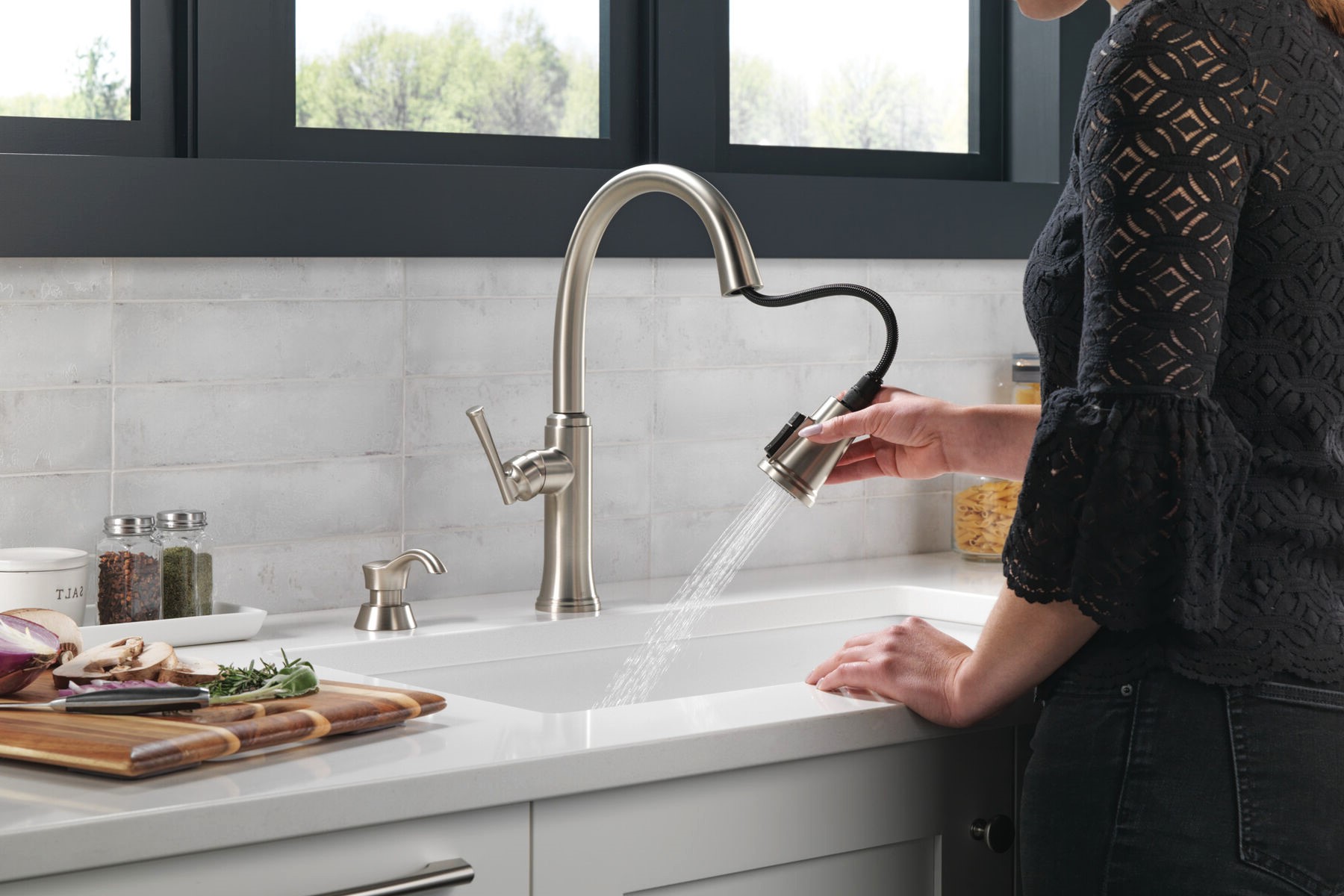

0 thoughts on “DIY Guide to Installing a Kitchen Farmhouse Sink with a Copper Patina Finish”